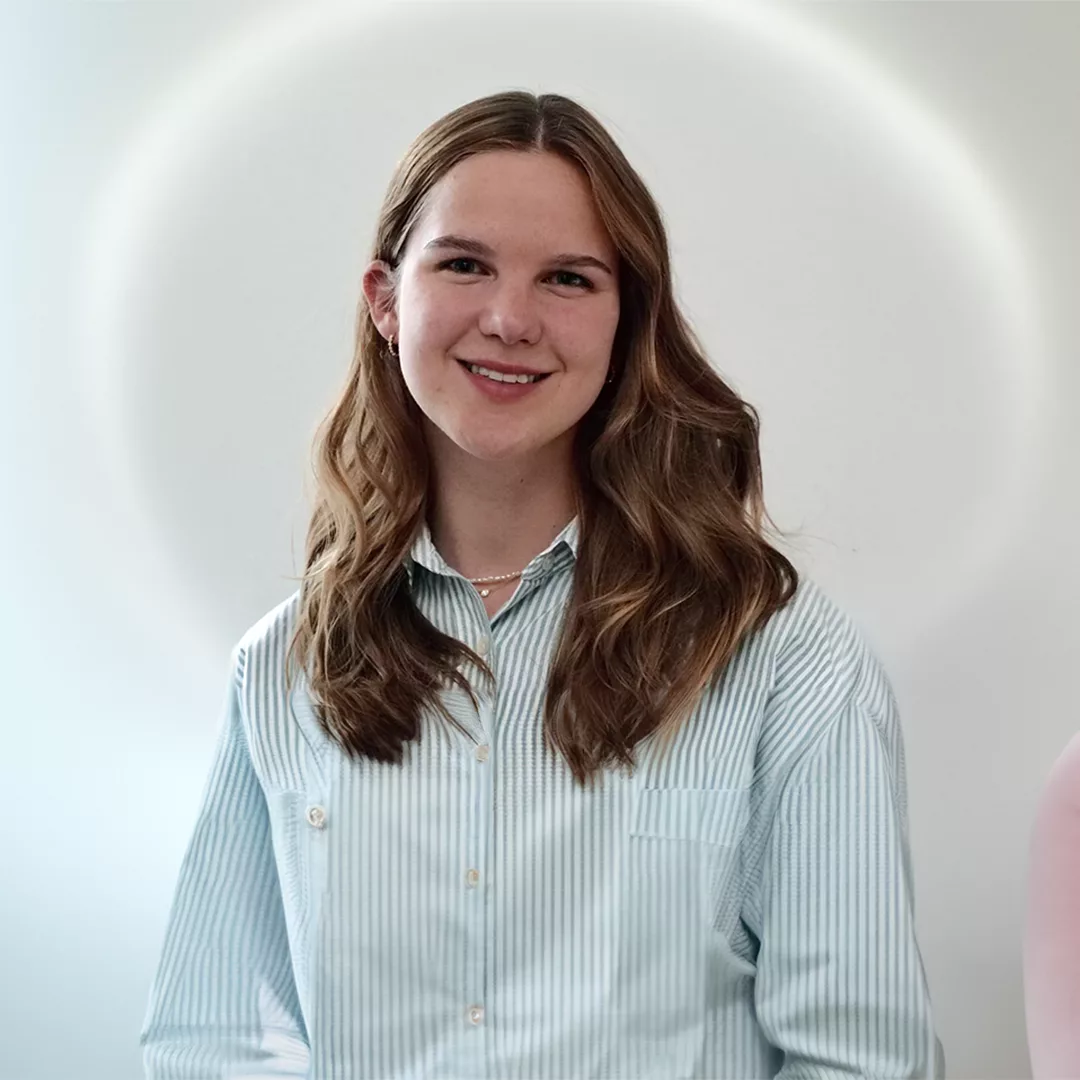
Summary
- Content creators are seizing new opportunities from Web3 through tools such as smart contracts to enhance control of their creative output and through the simplification of attribution, payments, and royalty structures.
- Web3 projects are funding films, securing royalties for artists, and creating new ways for audiences to engage with their favorite artists and creators.
- Read more examples on the CCI collection page.
Web3 brings new opportunities for content creators
Rising production costs, challenges protecting intellectual property, minimal streaming revenues, and speculative approaches to investing in art can also limit artists’ ability to create, produce, and distribute their work.
However, there are already a range of real-world projects leveraging blockchain technology to empower artists and transform approaches to funding and distribution of creative work. While it is early days, these projects are seizing upon benefits afforded by Web3 tools that include:
- Efficiencies via smart contracts: Web3 advocates point out that smart contract tools such as non-fungible tokens (NFTs) can streamline compensation and distribution structures. When created and integrated correctly, NFT smart contracts can be leveraged to support streaming and other usage monetization. Smart contracts can define the terms of IP usage on Web3 publishing and marketplace platforms, automating payments and licensing, and tracking usage with fidelity.
- New forms of funding and financing projects: As independent and emerging creators face an increasingly challenging environment for producing, funding, and distributing music, film, and other media, they and their fans are looking to new models for supporting the arts. Projects have emerged that leverage smart contracts to allow artists and arts-supporting organizations to fundraise through token or NFT sales. In some models, supporters purchase a share of revenue rights with their token purchase, rewarding them in the long term for their support of the artist if the work is successful.
- New forms of audience engagement: With new efficiencies gained through smart contracts, there is an opportunity to create new norms of better compensation and audience participation. New paid models of patronage—similar to existing Web2 platforms such as Patreon and Substack—may be the future of creativity in Web3. There are also novel forms of audience participation that allow project supporters, typically those who have supported fundraising through the purchase of tokens or NFTs, to participate in the creative process or access special benefits. This may include voting on project proposals to receive funding, voting on plot developments in film and streamed series, or accessing real world events.
To dive into Web3 content creation, here are 5 companies and a selection of real world projects already creating impact for thousands of artists and their audiences:
Arpeggi
Built on Polygon, Arpeggi is a music and audio creation platform that provides Web3 tooling for collaboration within the music industry, to facilitate music creators’ access to a library of licensed samples, remix licenses, and tools to support attributions and minting of NFTs that can in turn be used by other artists.
The platform includes a marketplace for music samples and remix licenses, which allows creators to support and connect directly with other artists while receiving royalty-free, commercial-use license for the sounds in the Kit. It also includes digital studio software that automatically integrates on-chain sound libraries, licensing processes, and tools to mint creations as NFTs and credit samples. To date, the project has onboarded over 5,100 artists, and minted over 6,000 songs and over 20,000 sounds.
Shibuya
Built on the Ethereum Network, Shibuya is creating a new model for crowdfunding, building community around, and co-creating creative content. Long-form content is free to watch, but through the sale of NFT “producer passes” people who invest share ownership and have access to participate in the creative process.
The dominant studio model precludes access to resources for many creators, and removes audiences and fans from the creative process. Shibuya seeks to provide a range of tools and resources to help creators produce high-quality content, and provide them with direct access to their audiences, thus building deep connections with their fans that allows them to develop a loyal following.
The short film White Rabbit is the first in-house IP on Shibuya, released as an interactive series about going down the crypto rabbit hole. While anyone can stream the series, token holders get unique privileges to support production and to vote on the plot of the series. To date, there are 1,656 active holders of producer passes for Shibuya’s first interactive web series, all with voting privileges.
Royal
Royal is a music rights marketplace that allows audiences to invest in music they support and co-earn royalties with artists, jointly participating in financial upsides.
During artist drops, audience members can buy tokens representing a percentage of the music’s streaming rights across major platforms such as Spotify. Token purchase also facilitates new forms of audience engagement — artists can attach extra benefits such as exclusive tracks, merch, or fan experiences, and token holders can show their support with wallet holdings. Tokens — along with any unclaimed extras and future royalties — can be sold at any time, and can appreciate in value with the popularity of artists and songs. Royal allows artists to retain independence and creative control, allowing artists to set the percentage of ownership available for purchase.
There are 9,200 current token holders. As of June 2023, Royal reports that its partnered artists have paid out over $156,000 in royalties to collectors; raised $2.5 million for artists; and seen $7.5 million in music rights traded across 111 countries.
Decentralized Pictures
Decentralized Pictures (DCP) was co-founded by American Zoetrope, founded by Hollywood legend Francis Ford Coppola and run today by Roman, Sofia, and Gia Coppola. The project is a 501c(3) non-profit Web3 organization focused on supporting new talent and providing financing and production support.
DCP runs a fund that is democratically managed and allocated towards projects, funded by token sales, donations, and revenues from DCP financed films. Users can submit film proposals for review by community members, and can integrate offers of NFTs of their IP, a line in the credits, role opportunities, merchandise, or other rewards as well. Reviewers are awarded Film credit tokens for evaluating and rating proposals that increase their community reputation score, which can make them eligible to become community moderators.
Projects deemed eligible for funding awards from the Foundation are referred to an 11-person board for review, which includes at least 6 independent directors at any given time. Finalists and winners of financing awards are matched with DCP’s industry partners and experts to develop and provide guidance on the project.
Mirror
Mirror is a decentralized publishing platform that enables creators to publish, own, and permanently store their creative works on chain. With an Ethereum log in, creators can mint all published posts online, enabling more control over their creative output than traditional platforms. Creators also benefit from new, more dynamic forms of audience engagement that allow supporters to publicly display their support for creators in their wallets—creating reputational benefits or “clout” for early support or participation in key creator events.
Mirror currently has 100,000 accounts tied to individual wallets that have published at least one entry on its platform, the majority of whom publish writing with a technical focus on the Web3 space. Read our detailed case study on Mirror here.
Outlook for Web3 Content Creators
Projects like these are demonstrating the real time demand for alternative approaches to legacy systems – and the value of Web3 tools and services beyond payments and speculation.
Today, adoption of uses such as these tend to be concentrated amongst users who already have some familiarity with Web3. As the quality of user experience and familiarity with Web3 concepts continues to grow, continued adoption is likely to follow – with exciting potential for those seeking more equitable and engaging outcomes in creative spaces.

























